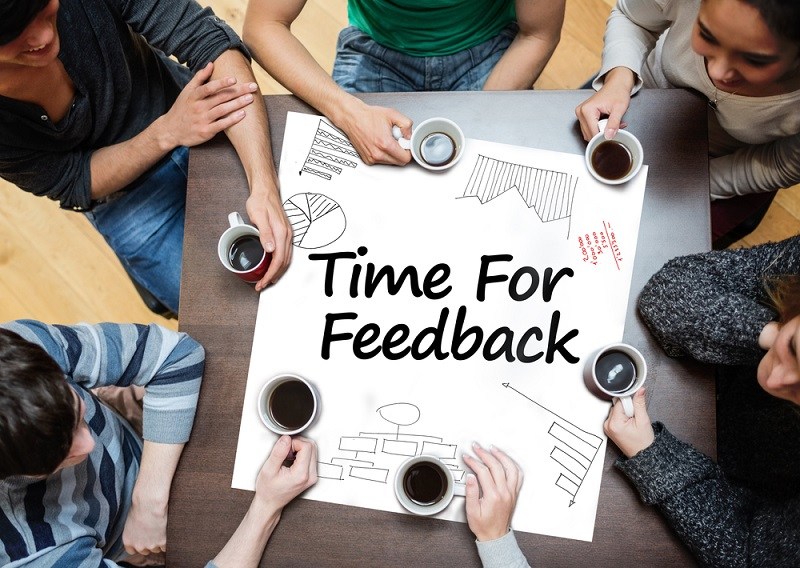The last 5 years TruQu has helped organizations to transfer their annual review process into organizations in which people give continuous feedback to each other. In this short blog we share 5 tips (lessons learned) of what we have seen in these organizations to make this transformation a success.

Many organizations realize that their annual performance reviews process is expensive, time consuming and not really effective any more. Also the employees are no longer engaged and stimulated by the annual review process. The result is that the current way of performance management is evolving from a single/twice per year annual review meeting triggered by HR and management, into a continuous process of development, learning and feedback triggered by employees themselves. As you can imagine this is a major transformation.
Changing this annual review process is not as easy as it seems. Based on our experiences we like to share 5 lessons learned when implementing continuous feedback into an organization.
1. Don’t confuse means and goals:
The goal is not ‘continuous feedback’. The goal is to engage your employees and bring back the real value of your performance management process. Develop people, engage your people and make sure the talent within the organization is utilized to the max. This will make every organization more successful and a good place to work. The perfect instrument for this is continuous feedback. But before you start with promoting this is should be clear why you are promoting this and what you want to achieve within the organization with the continuous feedback.
2. Management by example
One of the most important things when you change your performance management process is the role of the managers. Managers in the organization can make/or break the required transformation. We have learned that you need managers who are actively promoting the new way of working and stimulate their colleagues to do so. The best way is that they start with requesting feedback on their own accord as well, so that people see that that is the ‘new normal’ in the organization.
3. Structured and unstructured feedback
Currently most organizations work with pre-defined competence models and competences per role that people can develop (structured). This can still be useful to compare functions or people with each other, but from an employee perspective not a lot of value is in these pre-defined competence models. To engage people and let them take ownership in their development people should be able to define the competences or skills themselves. We have seen that you need a mix of structured (HR defined competence models) and self-defined development skills/competences to make it a success. Also the stimulation of giving ad hoc compliments via an app has been a key success factor in changing the annual review process. Start with the easiest way of continuous feedback and work towards a broad feedback culture where people like to learn from each other, grow and develop themselves.
4. Changing role of HR
An important lesson learned in the past couple of years was the changing role of HR in the various organizations. Ownership of the performance management process used to be the exclusive domain of HR. In the successful transformations we know, HR shares the performance management domain with the business and the employees. It’s the successful cooperation between the three entities that makes this a success. Performance management is not only an HR game anymore but part of the culture of the organization and ownership is shared with all the stakeholders.
5. ‘What’s in it for me’
Changing the performance management cycle into a continuous process is deemed to be doomed the moment you cannot answer this question for every stakeholder involved: ‘What’s in it for me?’. Employees, managers, board of directors, HR and future employees; they need to know how this is helping them to improve, grow and become more successful. This last lesson learned is maybe the most important lesson learned because you can start answering them today already. Make sure you answer them before you start implementing continuous feedback in your organization.
The article was based upon several implementations of TruQu the last couple of years. If you want additional information on how TruQu can support the implementation of continuous feedback in your organization, please contact us.
Eelco Veltenaar
Co-Founder TruQu
Eelco.veltenaar@truqu.com
